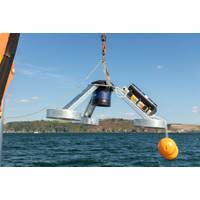
Sonardyne Launches New Origin Acoustic Doppler Current Profilers
Underwater acoustic technology provider Sonardyne has launched its new Origin Acoustic Doppler Current Profilers (ADCPs). The new ADCPs are designed to be simple to operate with class-leading data results, integrated communications, and positioning, making it ideal for a wide range of applications, including marine research, offshore renewable energy, and defense, Sonardyne said Monday.According to the UK-based company, the new Origin ADCPs feature several innovations that make them the most advanced ADCPs available on the market. "These include an integrated modem for communications
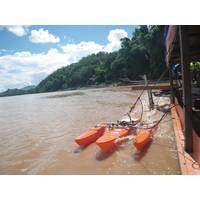
Teledyne RD Instruments Expands Its Sales Network in China
Teledyne RD Instruments (TRDI), a San Diego-based manufacturer of Acoustic Doppler Current Profilers (ADCPs) and Doppler Velocity Logs (DVLs) for offshore, academic and defense applications, announced a restructure of its distribution network in China to improve service for local customers.TRDI said it has expanded its existing relationship with Xiamen Lawlink Development Co., Ltd., located in Xiamen, China. Xiamen Lawlink will now distribute TRDI’s full line of ADCPs for water resources applications. To maximize its reach, the company will continue to work with five existing regional
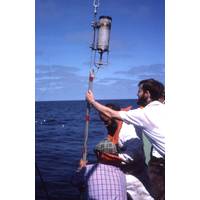
NOC Celebrates Raymond Pollard
major seagoing expeditions, some of which include the Crozet Islands and in the Southern Ocean and Southwest Indian Ocean. Raymond was also an innovator, creating new measurement techniques and playing a crucial role in the development and use of towed undulating CTDs. He was also an early user of Acoustic Doppler Current Profilers (ADCPs) and he played a critical role in bringing scientific computing onboard ships – most notably on the RRS Discovery – to process the vast quantities of data quickly and to adaptively adjust sampling to what was developing in the ocean. Professor Ed
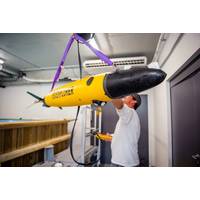
CASE STUDY: Nortek, Alseamar aim to make Oceanographic Data more Accessible
of current profiles from large swathes of the water column. A combination of tailor-made algorithms, underwater gliders and a high-performing ADCP from Nortek has helped break new ground for the oceanographic community, making high-quality data more accessible for a multitude of stakeholders. Acoustic Doppler current profilers (ADCPs) have revolutionized our ability to record ocean current movements. But they can only measure what they can “see”, and that is largely determined by what they are attached to, which may be a surface buoy or a frame on the seabed.That’s perfect for
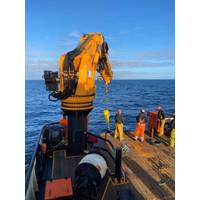
Case Study: Acoustic Tech Help Offshore Wind Industry Adapt
Nortek is supporting metocean survey and consulting company Partrac to provide floating windfarm developers with detailed and accurate data on metocean conditions at potential development sites. Using acoustic Doppler current profilers (ADCPs), Partrac are able to extend their capabilities and adapt to increasingly complex offshore environments.To date, virtually all offshore wind energy produced globally has come from turbines located in water shallower than 50m, where the turbine tower can be directly attached to the seabed. But with demand for wind power growing fast – and suitable shallow-wate
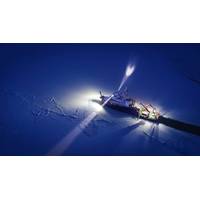
TECH FILE: Acoustic Tech Used to Understand Climate Change in the Arctic
Major changes are occurring in the ocean. Climate change and subsequent melting sea ice are not necessarily good changes. Why are acoustic Doppler current profilers an invaluable tool to get a complete picture of the Arctic’s changing wave conditions in the context of climate change?In the Arctic, the end-of-summer sea ice extent in 2020 was the second-lowest in the last 42 years.“The ice used to melt out in June or July. Now it melts out in May. It used to come back in September or October. Now the ice comes back in November or December,” says Professor Jim Thomson, Senior Principal

Saildrone Launches 72-foot Surveyor
Saildrone has launched the Saildrone Surveyor, a new 72-foot uncrewed surface vehicle (USV) equipped for high-resolution mapping of the ocean seafloor.The Surveyor carries a sophisticated array of acoustic instruments for both shallow and deep-water ocean mapping; the Kongsberg EM 304 multibeam echo sounder is capable of mapping the seafloor down to 7,000 meters below the surface. The Surveyor also carries two state-of-the-art Acoustic Doppler Current Profilers (ADCPs), the Teledyne Pinnacle 45 kHz ADCP and the Simrad EC150-3C ADCP, to measure ocean currents and understand what is in the water column.
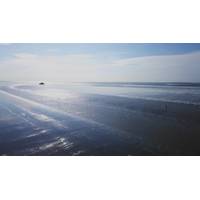
Helping to Keep Waterways Navigable in the Netherlands
process, the route to Ameland is becoming longer, costing time, fuel and extra CO2 emissions. Dredging the shortcut of the ferry channel would change the hydromorphological conditions and therefore needed to be monitored to assess the efficiency of the measure and any long-term impact in the area.Acoustic instrumentation point way to solutionAs part of its analyses, WaterProof needed to measure existing sedimentation levels and water currents in and around the channels. The specialized consultancy firm selected Nortek’s Signature acoustic Doppler current profilers (ADCPs) to do the job, including
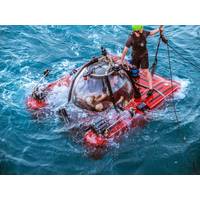
MTR100: Teledyne Marine
and technology to empower Nekton’s manned submersible, ROVs, and surface vessel to collect critical data pivotal to this mission.Equipment supplied by Teledyne Marine included:• RESON SeaBat T50-P Extended Range multibeam echosounder and RD Instruments new next-gen 6000M rated Pinnacle Acoustic Doppler Current Profiler (ADCP).These technologies served the dual purpose of supporting the expedition by providing previously unknown information about seabed topology and ocean currents, and assisting in the safe deployment of the two manned submersibles.• Numerous Bowtech subsea cameras



 February 2024
February 2024





